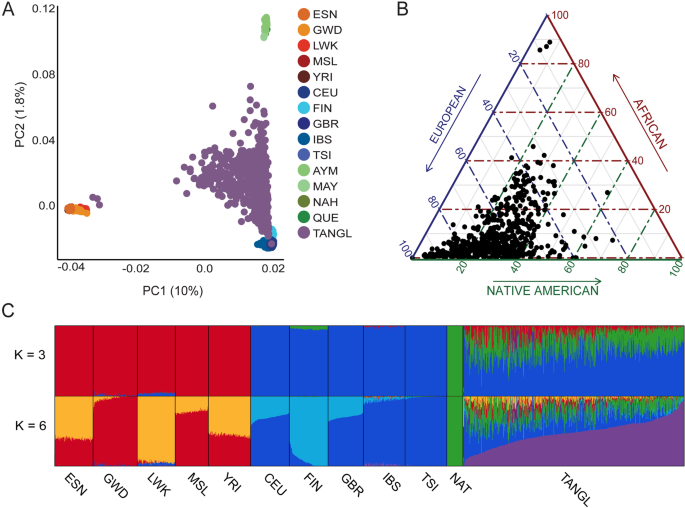学際的な研究チームが古代のペストゲノムを研究 Multidisciplinary team studied ancient plague genomes
2022-06-15 マックス・プランク研究所
国際研究チームは、「ペスティレンスの文字」が発見された2つの遺跡から、人骨から採取した古代のDNAと歴史・考古学的データを分析しました。研究チームの最初の成果は、ペスト菌であるエルシニア・ペスティスのDNAが、墓石に1338年と刻まれた個体から確認されたことで、非常に有望なものとなりました。
研究者たちはこれまで、黒死病の発生をペスト株の大規模な多様化、いわゆるペスト多様性のビッグバン現象と結びつけて考えてきた。
キルギスの遺跡から採取した古代のペストゲノムをつなぎ合わせて、このビッグバン現象とどのような関係があるのかを調査した。キルギスの古代株が、まさにこの大規模な多様化イベントの結節点に位置していることを発見しました。
<関連情報>
- https://www.mpg.de/18778852/0607-evan-origins-of-the-black-death-identified-150495-x?c=2249
- https://www.nature.com/articles/s41586-022-04800-3
14世紀ユーラシア大陸中央部における黒死病の発生源について The source of the Black Death in fourteenth-century central Eurasia
Maria A. Spyrou,Lyazzat Musralina,Guido A. Gnecchi Ruscone,Arthur Kocher,Pier-Giorgio Borbone,Valeri I. Khartanovich,Alexandra Buzhilova,Leyla Djansugurova,Kirsten I. Bos,Denise Kühnert,Wolfgang Haak,Philip Slavin & Johannes Krause
Nature Published:15 June 2022
DOI:https://doi.org/10.1038/s41586-022-04800-3

Abstract
The origin of the medieval Black Death pandemic (AD 1346–1353) has been a topic of continuous investigation because of the pandemic’s extensive demographic impact and long-lasting consequences1,2. Until now, the most debated archaeological evidence potentially associated with the pandemic’s initiation derives from cemeteries located near Lake Issyk-Kul of modern-day Kyrgyzstan1,3,4,5,6,7,8,9. These sites are thought to have housed victims of a fourteenth-century epidemic as tombstone inscriptions directly dated to 1338–1339 state ‘pestilence’ as the cause of death for the buried individuals9. Here we report ancient DNA data from seven individuals exhumed from two of these cemeteries, Kara-Djigach and Burana. Our synthesis of archaeological, historical and ancient genomic data shows a clear involvement of the plague bacterium Yersinia pestis in this epidemic event. Two reconstructed ancient Y. pestis genomes represent a single strain and are identified as the most recent common ancestor of a major diversification commonly associated with the pandemic’s emergence, here dated to the first half of the fourteenth century. Comparisons with present-day diversity from Y. pestis reservoirs in the extended Tian Shan region support a local emergence of the recovered ancient strain. Through multiple lines of evidence, our data support an early fourteenth-century source of the second plague pandemic in central Eurasia.


